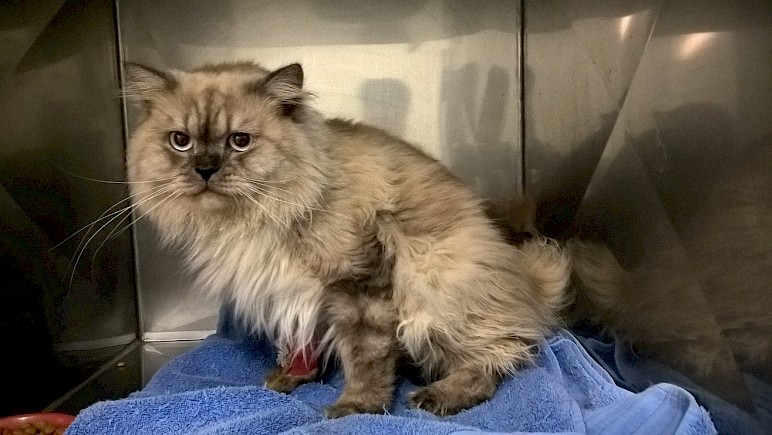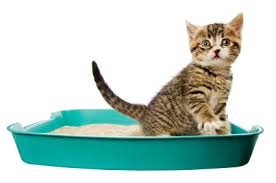Is your cat straining? Having blood urine? Misses his litter box and often crying?....

A TRUE MEDICAL EMERGENCY!!!!
SEE YOUR VETERINARIAN
Edited version 16/01/2017
CLINICAL SIGNS: FELINE LOWER URINARY TRACT DISEASE
Our healthy feline fur-babies at home learn where to find their food, locate their litter box and some even normally find their way home when they get lost. Knowledge about their disposition (playful, affectionate, or can be insistent), aside from the physical health aspects (good appetite, picky eaters, litter box usage and activity) lets us know if they are in good condition or not.
The litter box of our cats is one of the best indicator for health. Normally your pet health provider asks you about the stool of your cat if formed or not and when there is urine “deposited”. Any changes in activity and behavior should alert us and do some inspection on what ails our feline companion.


When you observe that our cats go to the box frequently and straining. An unproductive visit to the box especially when you see that litter is dry or had some droplets of urine, every fur parent should investigate.
A recent patient of ours at ADVANCED PET CLINIC named Coco, a 3 year old Himalayan suddenly had episodes of blood on its urine. Good thing the quick thinking fur parent brought him immediately for medical attention since urinary bladder is distended already.
Feline Lower Urinary Tract Disease (FLUTD) is a syndrome that can affect cats of any age. More seen on mature cats that have lived on dry food and that have been accustomed to an indoor litter box. Environmental factors play a role as well like changes in routine. Having a multi-cat household and a kitty that is picky on soiled boxes increases the risks of FLUTD.

The exact cause of the condition is unknown. There may be more than one single cause that changed urine pH and concentration that lead to inflammation of bladder. The formation of urinary stones and urethral plugs can eventually lead to urethral obstruction.
A true medical emergency for any cat and must be seen by your veterinarian. Treatment aims to relieve your cat of the urine that accumulated inside bladder, determine the possible cause and recommend plan to prevent re-occurrence. In Coco’s case, urinary catheterization was performed to relieve the distention. Digital radiographs and in-house lab work was done to check the presence of stones and infection respectively. Right now Coco is doing well on his toilet activities. The right diagnosis, treatment and home care plan including change in diet can lead to a happy life for a feline friends.
Being a pet owner, it is important to always look at the signs and… the litter box
Dr Michael Cruel
